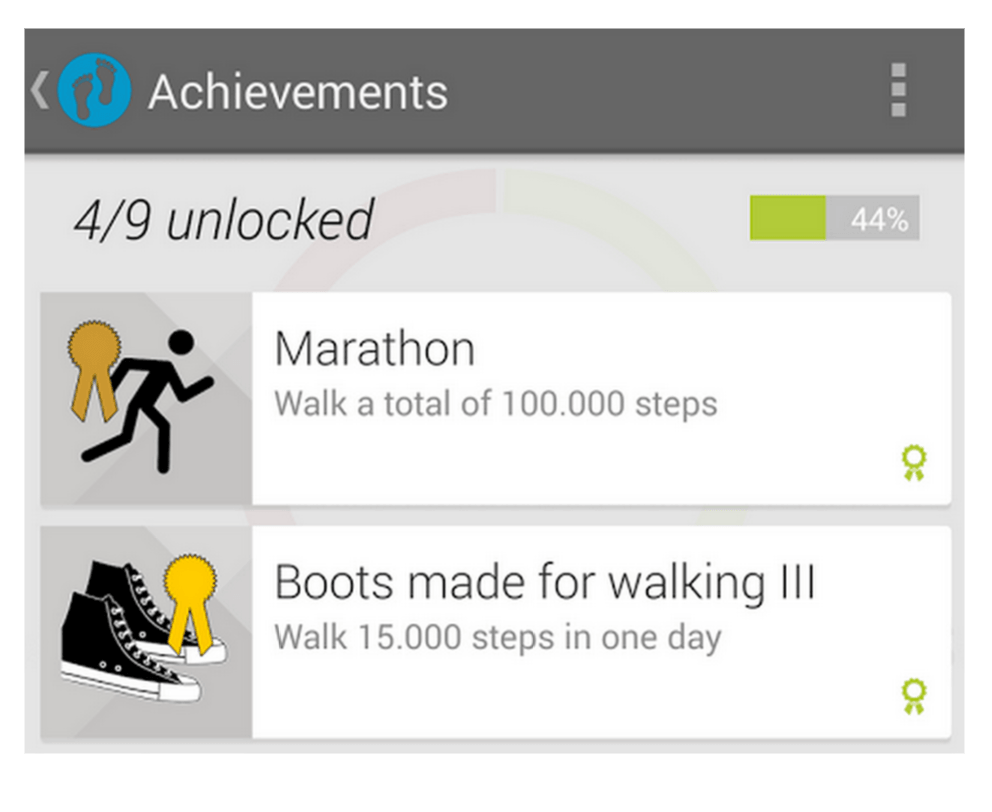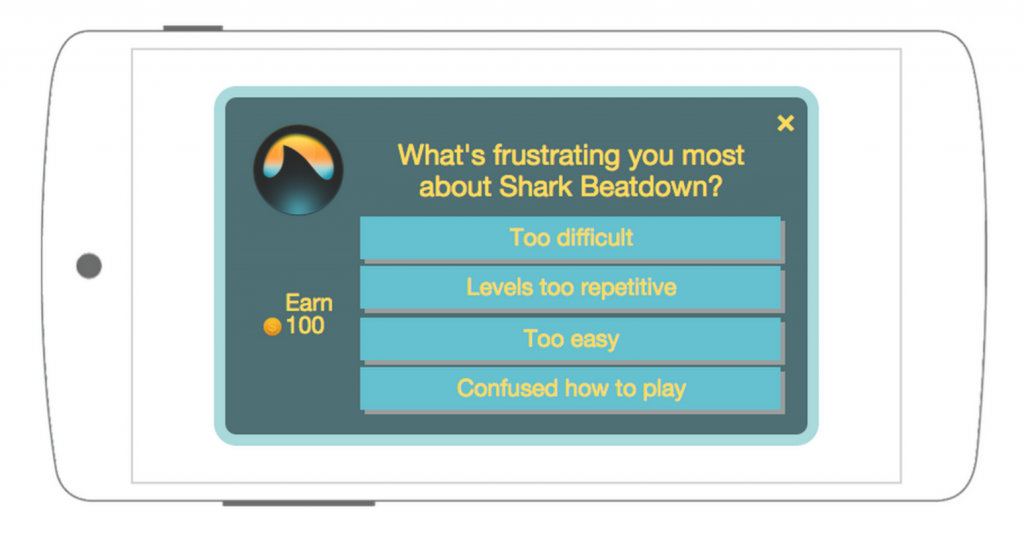When it comes to freemium, game user retention is king. Why?
Use psychology to drive up game retention
A game that monetizes well but only retains for short periods may generate revenue in the short term, but will burn through users and fail long term.
On the other hand, higher game retention will lift you on Apple and Google’s app store rankings algorithm, bringing in more users in a virtuous cycle.
A higher retention also means more opportunities to convince players to make in app purchases (IAP). It also increases the time for them to spread the word and increase your viral co-efficient. These help tilt the Lifetime Value (LTV) vs Customer Acquisition Cost (CAC) equation further in your favour.
Here are 5 psychology based hacks to boost mobile game retention even further:
1/ Emphasize investment and progress
Studies have shown humans are prone to the “sunk-cost fallacy”.
That is, we will irrationally decide based on sunk costs, rather than solely future prospects.
In mobile, this means people will be more willing to return to a game if they perceive they have made progress.
A good example – in the successful game Township, you begin with a basic city up and running rather than being asked to start it from scratch, giving you the sense of investment and ownership.

To give up an aspiring city is a lot harder than a patch of bare land. Feedly makes it extremely easy to pick sources as part of the new user onboarding, leading to a sense of investment, without the barrier or learning or tedious setup.
 2/ Encourage collection
2/ Encourage collection
Both animals and humans exhibit hoarding behavior, the desire to collect items, beyond any short term functional needs.
Increase mobile game retention through the use of collectible sets to complete and achievements, encouraging users to stay longer to finish a collection they have started.
The hit game mystery manor uses collection to drive retention and also monetization in the search to find remaining items.

This can be done in apps as well, for example Pedometer makes use of an achievement function:

3/ Have specific calls-to-action
In a famous Yale study, researchers found that adding a specific call to action greatly increased the amount of students getting their tetanus shots – the number of participants getting vaccinated rose from 3.3% to an impressive 33%.
Your users are busy, and having a timely and specific reminders to return to your game will increase the return rate and retention. You can use both local notifications…

as well as push notifications for new updates or events…

4/ Foster community
Human are hardwired to seek out interaction and relationships with others.
In mobile this shows in the statistics – Facebook studies have shown that users retain longer and spend more when using a social login to an app than not.
So what to do? Where possible you should aim to include community features.
This could be as light as Facebook pages for discussion or forums through to social feedback and communication as a core part of your gameplay or app function.
Umano, an audio listening community has nice “popular with the community” sections as well as comments and following:

Candy Crush incorporates cooperation and competition in its gameplay:

The more people build up relationships and contact, the more likely they are to return.
5/ Add randomness
There’s a reasons casinos keep sucking players back in.
Since the 1920s and the famous experiments of B.F. Skinner, science has shown a variable reinforcement schedule (eg payoffs or rewards, both physical and psychological) can greatly help reinforce behaviour patterns.

Put simply – adding some “luck” to your app or game can help keep users keeping coming back. Not just for games – even in apps there are ways to have this appear, for example giving additional quota occasionally on a random schedule etc.
BONUS HACK!
And on the topic of unexpected surprises, here’s one final hack.
6/ Listen to why users are dropping
Whether in the first day or after the first year, users will drop out.
How can we use this to improve our game’s retention?
First use your statistics package (Flurry, Mixpanel etc) can tell you where the drops occur. Their analytics capabilities are powerful, and you’ll be able to figure out the points in time or in the game where that happens – for example at a particular point in the onboarding, or after the 3rd session, or at the first loss etc.
The hard part is figuring out the reasons for the drop. Some can be deduced easily, but others are more difficult. For example dropping out because of boredom? Frustration? Lack of relevant content? Technical bugs?
For these you can use an in-app poll maker platform such as polljoy. polljoy will let you directly ask for feedback from the users just before the drop points, analyse results and identify what needs to be fixed. It can also reward users for giving the feedback:

Combining this quantitative data and qualitative feedback will help you fix the game retention holes.
With all the psychology hacks in this article, you’re on the way to one very sticky game!











